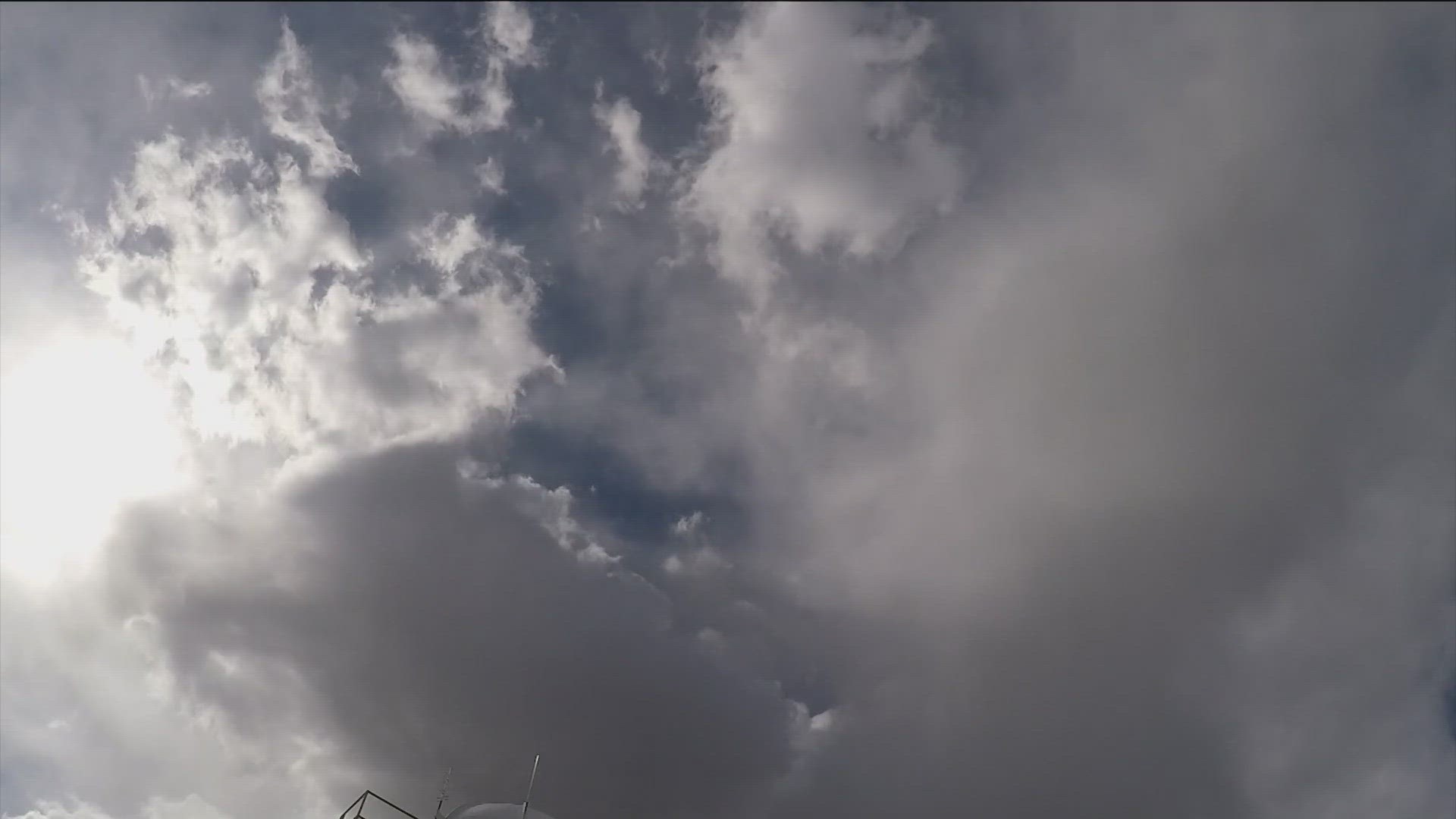BOISE, Idaho — With drought being an ongoing concern in Idaho and across the West, cloud seeding has become an important tool for increasing water resources. The North American Weather Modification Council held an educational event on Wednesday in Boise to inform policymakers, resource managers, and the media about the latest in cloud seeding technology.
Kala Golden, Cloud Seeding Program Manager with the Idaho Department of Water Resources details why the event was hosted.
"I think it's very important that folks become educated on cloud seeding because a lot of folks just don't really know what it is," Golden said "The science has been evolving for quite some time. Cloud seeding has been occurring since about 1946, but we really didn't prove the conceptual model that it actually works until about five years ago. So now that we've demonstrated through science that it works, there's been a massive growth in interest."
While not new, cloud seeding has come a long way since first being pioneered in Idaho by Idaho Power in the 1990s. The state began utilizing the program more and more and has collaborated with Idaho Power and local water users to fund and maintain cloud seeding operations.
Idaho Department of Water Resources explains that in Idaho, cloud seeding is used during the cold season to augment high-elevation snowpack, Idaho's primary storage reservoirs. In other areas of the United States and around the world, cloud seeding is also used for rain enhancement during warm seasons, hail mitigation to reduce damage to crops and infrastructure, and fog suppression around airports.
How does Idaho seed the clouds?
The FAQ page from the water resource board explains, "Cloud seeding can be done by ground and/or by aircraft. Ground generators are placed on the windward side of a mountain and rely on winds flowing up and over the mountains to carry the seeding material up into a cloud where it will generate ice, that ultimately falls out as snow over the mountain tops (the "target area"). Aircraft can also be used to fly through or above clouds to release the seeding material."
So how well does cloud seeding work and what are the impacts?
According to Golden, "Absolutely. I would say on average, you know, we have a good 20 years' worth of data for our operational cloud-sitting programs here in Idaho and across all basins. We see about an average of 10% increase in our annual precipitation in all basins where we operate. So that's a pretty pretty significant amount of water, especially in times of need when we do have water shortages."
Unlike some other places, the goal in Idaho is to increase snowpack that will eventually melt and provide water, rather than inducing rainfall. Cloud seeding utilizes existing weather conditions and does not generate new weather systems.
Studies have shown there are no negative environmental impacts from the silver iodide seeding agent used in Idaho. "We do believe that it is safe. There are no known environmental impacts of cloud seeding. And the reason for that is because the seeding mechanism that we use, silver iodide is considered to be inert in the natural environment. So really what we're doing is just enhancing the natural precipitation," Golden explained.
In terms of additional water cloud seeding helps create, Idaho reports that statewide they see approximately 1,240,000 acre-feet of additional water on an average annual basis.
Join 'The 208' conversation:
- Text us at (208) 321-5614
- E-mail us at the208@ktvb.com
- Join our The 208 Facebook group: https://www.facebook.com/groups/the208KTVB/
- Follow us on Twitter: @the208KTVB or tweet #the208 and #SoIdaho
- Follow us on Instagram: @the208KTVB
- Bookmark our landing page: /the-208
- Still reading this list? We're on YouTube, too:

